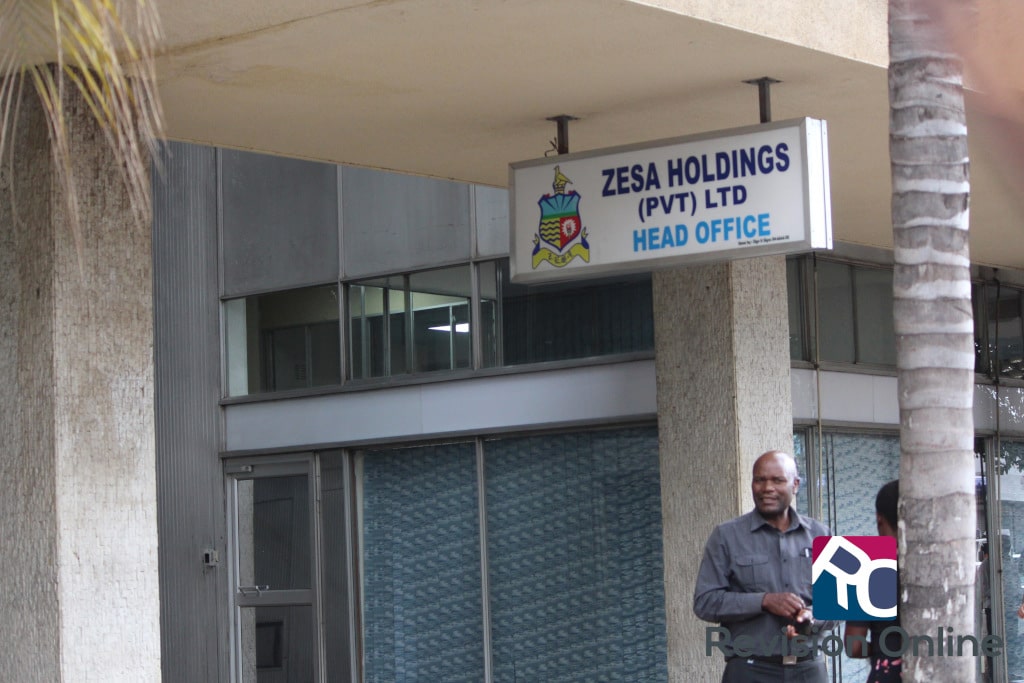It has been many weeks since we had a full day with power. Only a lucky few among us are being spared. How is that fair you may ask? Well ZESA was contacted by our good friends at Techzim with these and other burning questions. They responded and we are happy to share some of their answers here.
ZETDC has produced and published load shedding schedules. These are available at all ZETDC offices and on our website.
The schedules are based on known power shortfalls. When shortfalls occur as a result of major system disturbances or equipment failure then ZETDC will be forced to shed areas that may not have been on the programme for the day.
Areas that were initially scheduled for load shedding could also be exempted from load shedding in the event that there is an improvement in the power supply situation.
Circuits that feed essential services are exempted from load shedding. These include hospitals, major hospitals, water and sewage pump stations, airports, broadcasting stations, telephone exchanges and central business districts.
Neighbours could be having power because they are on that circuit, on a different circuit and or on a different load shedding schedule.
It is during these times that demand exceeds supply, hence the need to shed to balance demand and supply. The demand profile is shaped by customers levels of usage during these periods.
Load shedding involves opening and closing switches and this doesn’t damage appliances. However, it is important to note that surges may occur in a power system. As precaution customers are advised to switch off electrical appliances.



